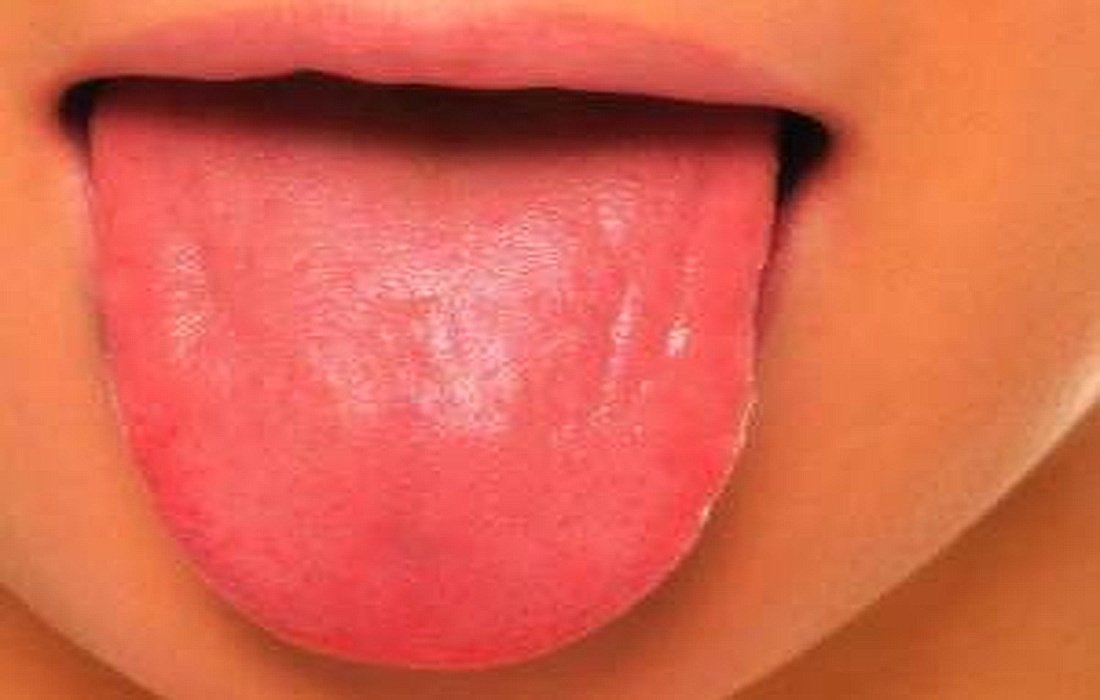The electronic tongue indicates the status of the tongue aftertasting foodit shows
Taste is created by stimulating taste buds, which identify the five main flavors (sweet, bitter, salty, sour, and umami). These stimuli, along with aroma, are transmitted to the brain where a specific taste is formed.
This is certainly not a unique feature of humans, as many animals also have a sense of taste. The main evolutionary purpose of having a sense of taste is to provide immediate information about the nutrient composition of food, or whether consuming it might lead to poisoning. On the other hand,the sense of tasteis also useful for earning Michelin stars.
In this health sectionof SelMagzwe now intend to introduce you to an efficient product – see it on the TV screen – that certainly enhances the way you perceive taste. Although the electronic tongue does not have taste buds, it can perform as well as, or even better than, its human counterparts.

What does the tongue look like after tasting food?
What is the electronic tongue and how does it demonstrate the taste sensations of a real tongue?
You might be familiar with the term electronic tongue, but you’ll have a hard time recognizing any visual similarities to a traditional tongue. This device consists of a set of membranes coated with fat, connected to an electrode. When these membranes are immersed in a liquid matrix (like liquid food), they measure conductivity, allowing them to evaluate information about acidity, salt, etc.
Despite the fact that each of the sensors in the electronic tongue has very simple information, it is the combination of all sensors that generates very complete data about food, to the extent that it is possible to create a digital fingerprint for each food. It’s really fascinating that the electronic tongue was developed before we fully understood how stimuli are related to taste buds.
For a more detailed analysis of food taste, it is possible to pair the electronic tongue with similar equipment, called an electronic nose! Just as our noses do, the electronic nose identifies the volatile components of food that generally relate to fragrant compounds, impacting our perception of taste. Remember those days whenyou had a coldand everything tasted like wet paper?

What is the electronic tongue?
So what is the electronic tongue used for?
It has applications in controllingfood substancesand in developing food products, this device has a straightforward application and tastes just about everything. The electronic tongue is also beneficial for improving the final smell of medications, a task that otherwise would require a human, potentially leading to various health risks. Additionally, it is used in monitoring water samples, detecting pollutants, and non-invasive diagnostics.
Concerning food, drinks, and liquid foods have been analyzed by the electronic tongue. The electronic tongue serves as a tool for identifying food substances, whether using forbidden materials or controlling food with protected origin, where a complete list of all required components is displayed. Surprisingly, the electronic tongue can also perform tasks like determining the age of various beverages. In this context, it is useful for monitoring the aging processesof cheeseand more. The electronic tongue is not a cooking tool, but with such capability, it could become one.









